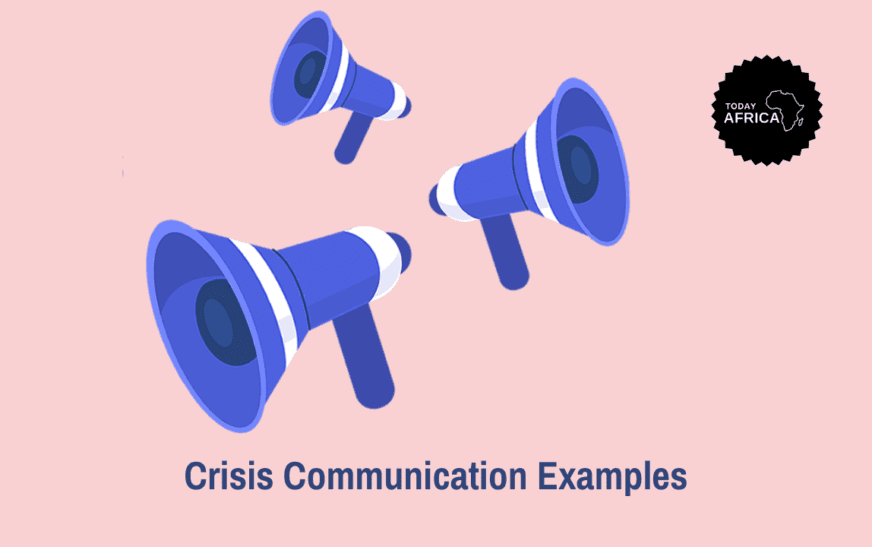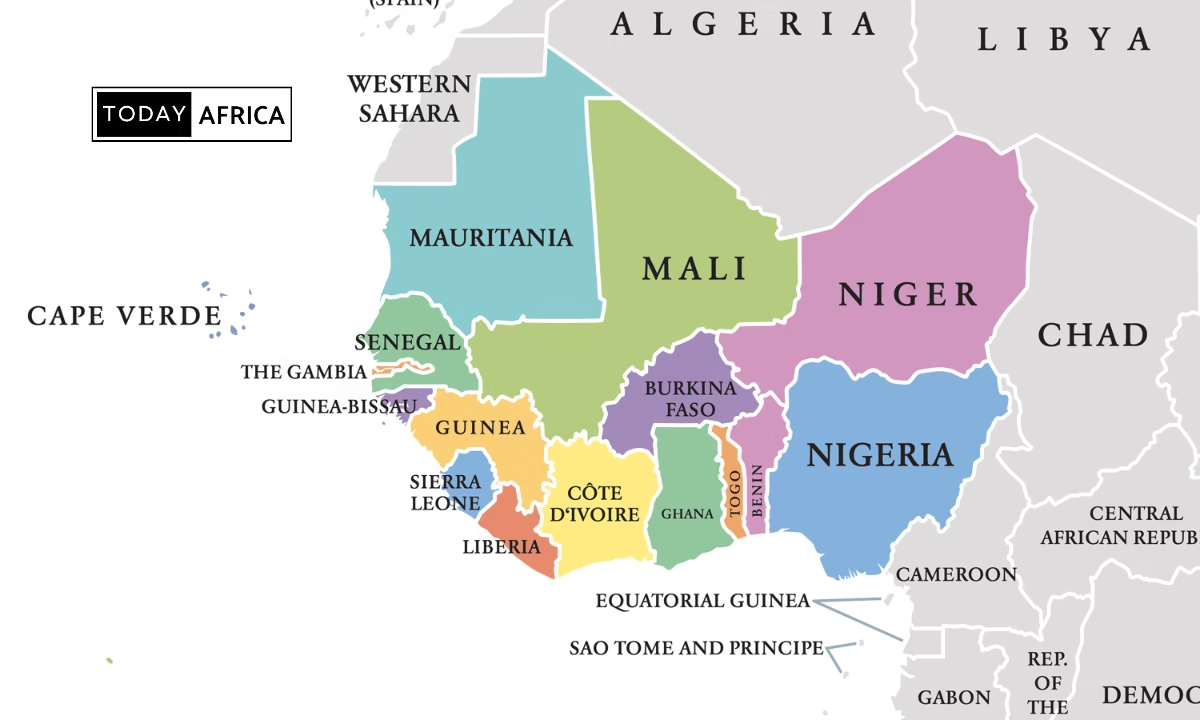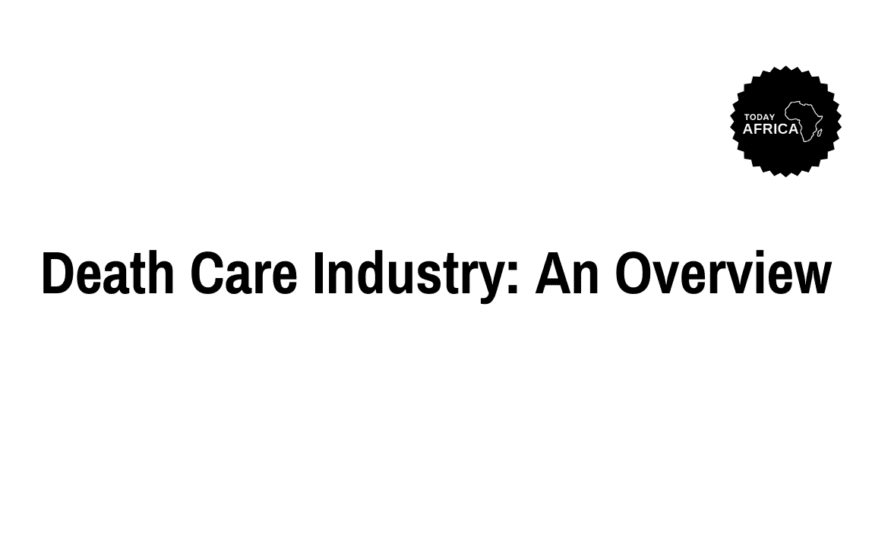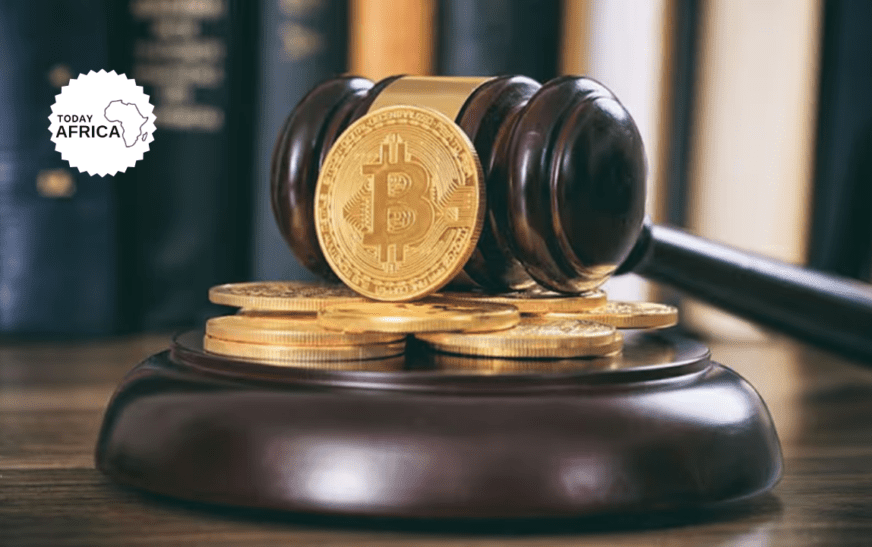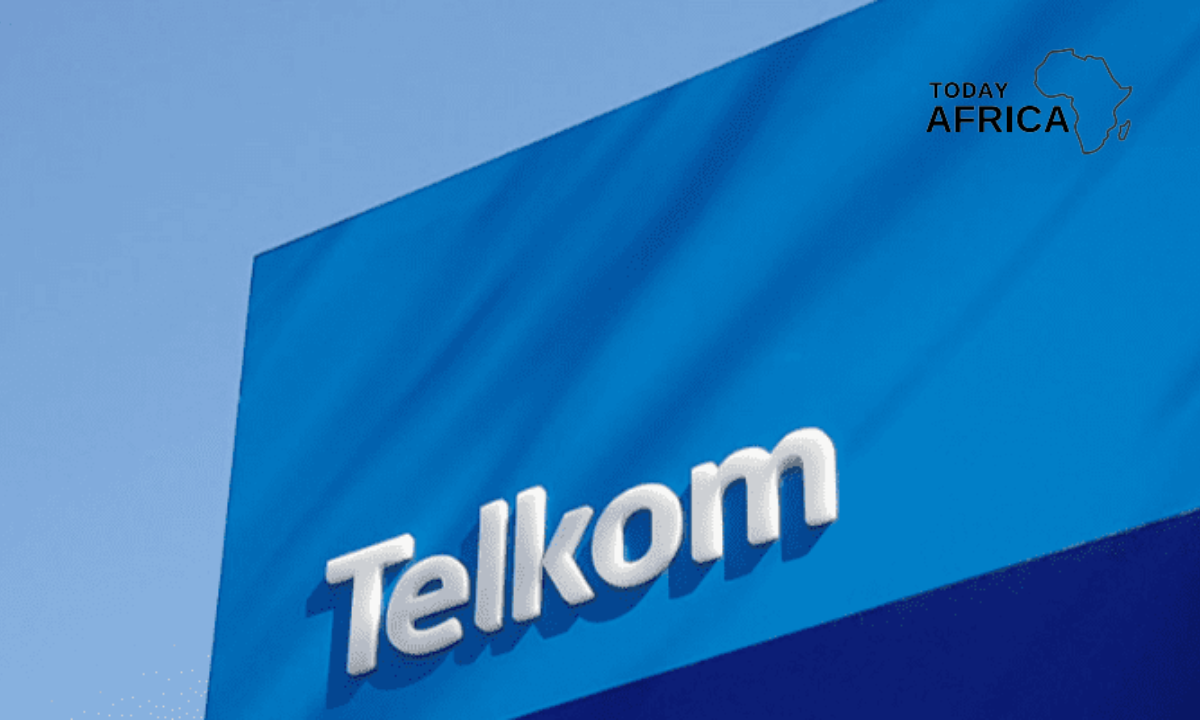These days, nearly every company must have a social media presence to survive and thrive in this market. However, the prioritization of digital footprints comes at a high cost.
Though, as there are plenty of potential errors related to posting content. Engaging with consumers. And even simply managing public relations (PR).
Fortunately, most of the potential pitfalls for PR and social media crises fall into similar categories. So it’s easier to predict and prepare for these issues.
Here, we outline five of the most common reasons why your company might need to engage in crisis communications practices.
What is Crisis Communications?
Crisis communications is a vital part of Public Relations. Successful crisis communications can mean the difference between weathering a storm and having your company’s reputation so severely damaged, it is impossible to return to full business.
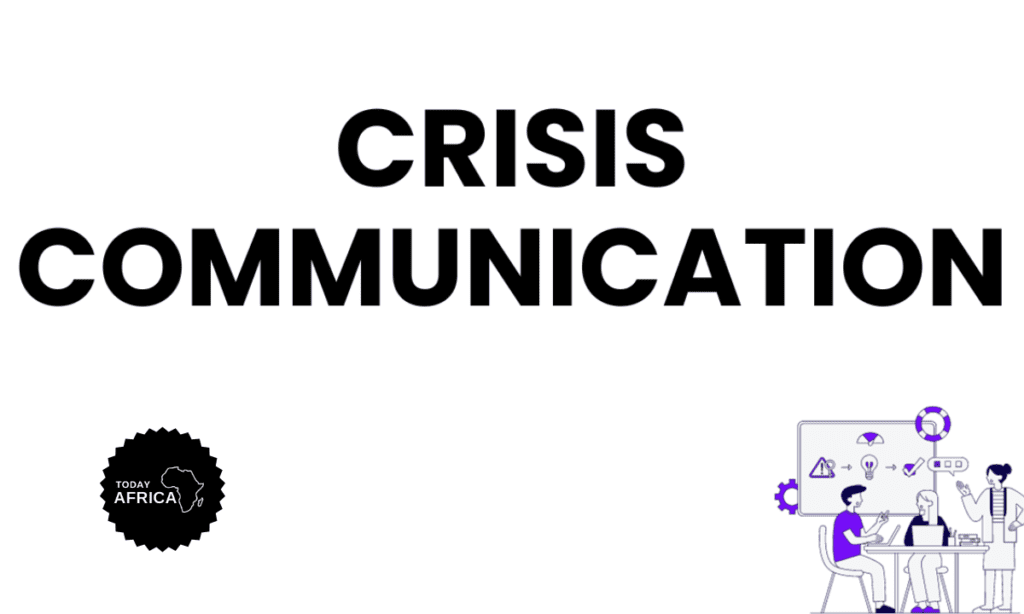
Successful crisis communications strategies usually use many different tools and methods, including media releases, social media announcements, and often speeches. A spokesperson, who is trained to be a confident media performer and presenter, is tasked with representing their company to address and inform the public and the media about what has occurred and what is being done to fix the problem.
Before we get into some of the most effective crisis communication examples, let’s delve a little bit into the theory.
The commonly agreed upon crisis communication theory suggests there are three different types of crises:
The victim
Where an organisation or company is the victim of a crisis. This could be anything from a natural disaster to being the target of malicious rumours. This type of crisis is a minor threat to the company’s reputation.
The accident
When an organisation’s actions can lead to an unintentional crisis. For example, the organisation could suffer a product failure. This type of crisis is classed as a medium threat to a company’s reputation.
The intentional
Where an organisation suffered a crisis after intentionally taking an inappropriate risk. An example of this is using a known hazardous material in a product. This type of crisis can be a major reputational threat to the company’s image.
Common Crisis Communication Examples and Why Your Business Need to Prepare for Them
Often, PR crises are made up of news stories, posts, and other public communications that either misrepresent or negatively represent the company.
This can include social media crisis points, fake content, news posts exposing workplace issues like violence and lack of diversity and security breaches.
Because each examples poses its own threat level—and is solved in a specific way—it’s important to understand them individually. Let’s dive in.
Social media crisis communication example
There are two types of crises most common in social media. Ones started because of an issue with a company’s social media posts. Or consumers taking to social media to talk about your company.
For example, In Nigeria, one Mrs Okoli in September 2023, posted an unfavourable review of a tomato paste manufactured by Erisco Foods Limited.
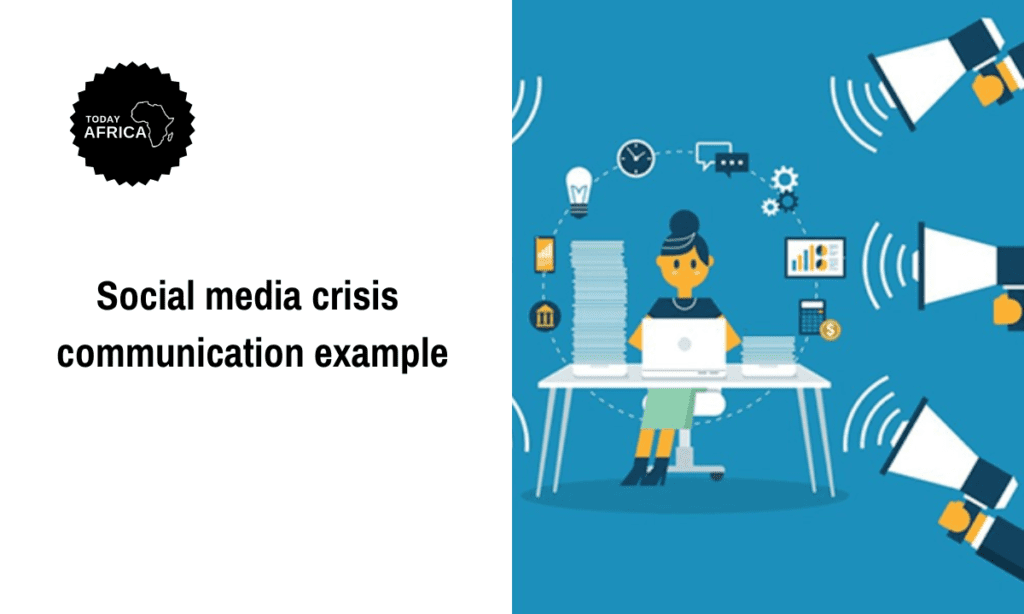
In a now-deleted Facebook post, she said she had gone to the market on 16 September with the intention of buying Gino or Sonia brand of tomato paste but could not find them.
She said she later bought the Nagiko tomato mix which she had planned to use in making stew. “When I opened it, I decided to taste it, Omo! Sugar is just too much!” she wrote.
In the post, she urged other Facebook users to confirm if they had used the product before, apparently to ascertain if they had similar experiences.
Disgruntled by the critical review, the Lagos-based manufacturing company refuted the claim and subsequently instigated the arrest of Mrs Okoli by the Nigeria Police.
Erisco Foods Limited, in a statement, insisted that “the post was obviously intended to mislead our esteemed customers and discredit the image of Erisco Foods Limited.
What they should have done
In this case, a good social media monitoring strategy allowed Erisco to be alerted to the problem before it got out of hand. However, they shouldn’t have arrested the woman because they should have preempted that not all reviews would favor them. Instead, they should turned the incidence into a marketing strategy by inviting the woman over to their factory and see how their tomato are produced.
Erisco should have used this incidence to their advantage, reallocate marketing efforts to move on from it and build more trust in the company.
Spread of fake content
With the rise in AI, fake content and news are increasing across the internet at an alarmingly rapid rate. Audiences have trouble distinguishing between AI-generated photos and videos and real-life footage. The same way they struggle to differentiate between truthful news stories and false reporting.
This poses a threat to businesses, who need to regularly be on the lookout for negative, fake news stories about their companies to rectify. Deepfakes, for instance, could be used to create videos that portray products in a false and negative way. Like claiming that a car malfunctions when the scenario was simply made by an AI software and looks realistic.
Once you’re alerted to the fake news or misleading content. It’s important to act immediately by releasing a correction. And pursuing legal action against those lying about the product or business. This might even need to escalate into the creation of real videos that demonstrate the difference between reality and the deepfake.
Just like the PR expert, Marilize Jacobs said in her interview with Today Africa, “Never say no comment. Say something as soon as you can and there’s nothing like an apology. Everyone likes an apology. You have to be heard.” Click here to watch the interview.
Stories of workplace violence
One of the crisis communication examples can often come as a response to viral, negative stories by former employees can be part of the conversation as well. When people who worked at the company publicly discuss their negative experiences. Especially if those stories contain workplace violence or discrimination—it can cause major problems for the business.
You should regularly monitor your brand’s mentions in both news and social media be aware of what’s being said, especially if you are worried about this type of coverage. If and when it does occur, it’s again vital to address this head-on and pledge to put an end to any illegal or offensive workplace violations.
If a specific story has gained a great amount of attention, it could be beneficial to publicly detail the ways that you have addressed that issue so that consumers know it’s being taken seriously.
For instance, a company might release a statement saying that the offending employee has been fired and that they’ve instated business-wide anti-violence trainings. This helps regain public trust and allows you to take back control of the narrative.
Lack of diversity and inclusion
While workplace violations are a massive concern for public image, another major area that could present issues is lack of transparency or false positioning around diversity and inclusion.
If your diversity and inclusion practices are brought into the spotlight, it’s important to shed light on the ways in which that will shift over the coming weeks and months, perhaps by way of a public statement. You can coordinate this kind of press release, and if that’s not possible, then your business should be all inclusive irrespective of tribe or religion.
Cybersecurity breach
Security is central to a business’s strategy, and many industries need robust cybersecurity measures to ensure client protection. So, if you have a breach, you’re looking at another crisis you need to address right away.

When there is any type of security breach. You should immediately reach out directly to those who may have been impacted by it. For instance, consumer passwords and addresses were accessed by an unauthenticated third party.
All consumers whose information was listed should receive urgent emails or messages so that they can change passwords and be cautious to additional threats.
While these crises are avoidable through regular phishing trainings and proper cybersecurity protocol. You should still be prepared to respond to the occasional incident. Once the consumers themselves have been notified.
It’s important that you publicly state how you will ensure that this issue does not happen again to rebuild trust with the public. This can happen through press releases, social media posts. Or public appearances from leaders who can get the word out and issue an apology.
Crisis Communication Plans for Every Situation
According to Marilize Jacobs, to avoid crisis communication there’s usually two strategies we follow. Proactive communication strategy and a reactive communication strategy. Now I think any business should have this.
Write everything down. Go and write down certain things that you can preempt that might happen in your business.
Is someone going to accuse you of copyrighting? What support might I need at one stage? What misconceptions are there? And what are my shareholders’ problems?
Again, you don’t do this alone. You bounce it off your mentor, your sponsor, your friend, your community. So now already you’ve got a proactive plan but things happen. People are funny things. Yeah, they can pull something out of some way. So now suddenly you’re dealing with a reactive PR action.
Your immediate action is critical to regrow confidence in your company, so having a blueprint of the apology and statement process can help to make the response quick and effective.
Leverage Research to Prepare for Crisis Communication
The best way for you to preparefor an unpredictable PR crisis is to regularly monitor your brand’s name across the internet. That means paying attention to social media, mainstream media, and all other mentions of the brand across a myriad of sites. A feat that’s hard to do manually.
The right media intelligence tools like Lexis Nexis can help to automate that media monitoring. This will help your PR teams to get regular reports and timely alerts any time your company is mentioned. This means they are consistently up to date on public reception. This way, you’ll never miss an alert and be able to address a crisis in a timely manner. Or get ahead of it in the first place.
References:

